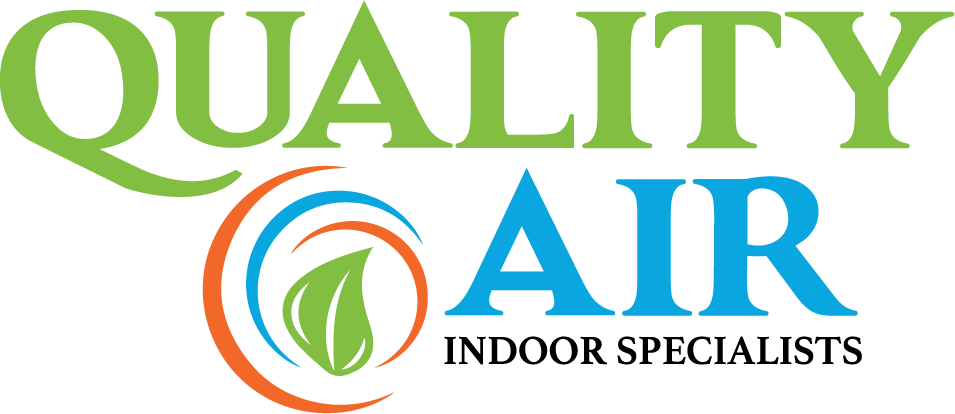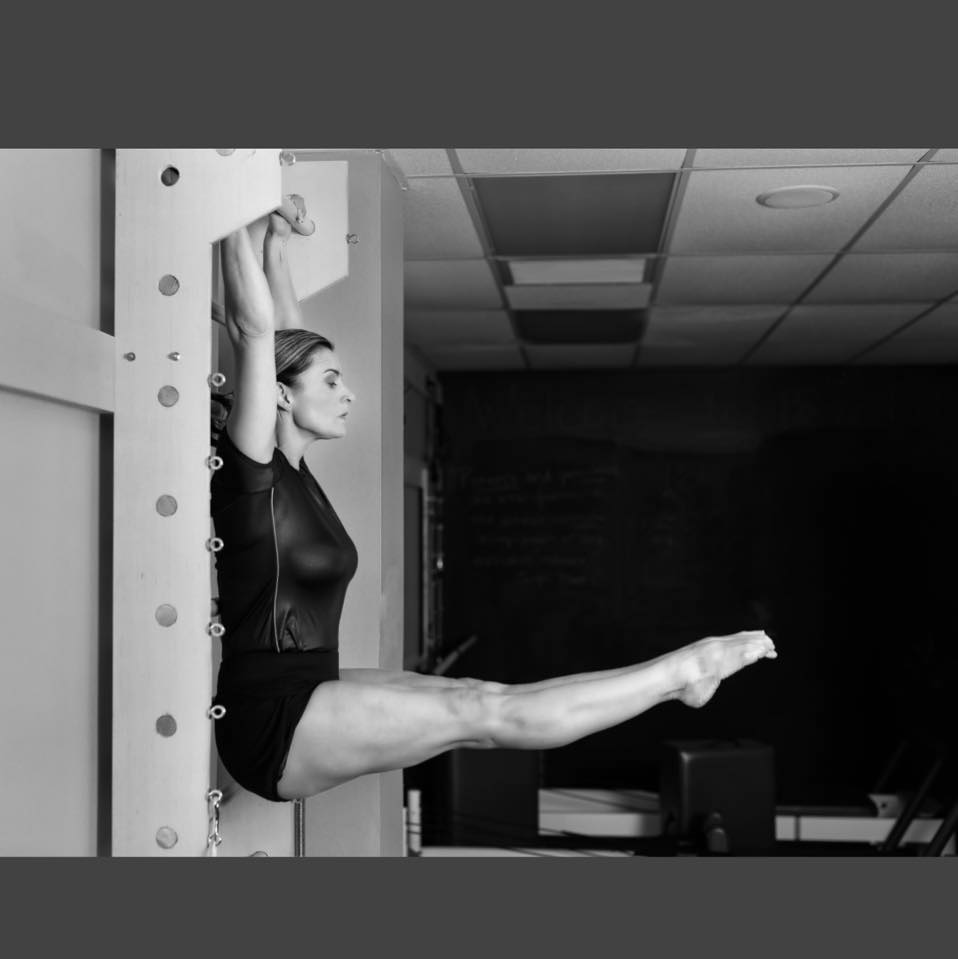After nearly a year of living in a global pandemic, we have adapted our lifestyles and found new ways to protect each other while waiting on science to discover a vaccine for the novel coronavirus. While the pandemic has turned our year upside down, this waiting period has allowed us to discover much more about the novel coronavirus and the mechanisms of all airborne pathogens than previous research has ever shown.
As we have seen with the novel coronavirus, airborne viruses are fast spreading, wildly transmissible diseases. Airborne pathogens are spread through miniscule droplets that can travel through the air farther and longer than most would imagine. Droplets are released into the air when a person speaks, coughs, sneezes, sings, or even breathes heavily. Researchers have estimated that one individual speaking for just one minute will produce over one thousand respiratory droplets that can remain suspended in the air for hours. When an individual is infected with an airborne pathogen, this pathogen travels through the air in these respiratory droplets and can infect others in that area.
While general guidelines throughout the global pandemic have encouraged maintaining six feet social distancing, researchers have recently discovered live SARS-CoV-2 virus molecules in aerosol particles up to sixteen feet from individuals infected with COVID-19. In indoor areas with poor ventilation, indoor air circulates within the indoor space without being replaced by fresh outdoor air. Poor ventilation causes the air indoors to become stagnant, allowing viruses and other pathogens to settle in the space. With evidence of the virus spreading beyond 6 feet, the Environmental Protection Agency (EPA) recommends increasing indoor ventilation by improving HVAC standards and introducing air filtration and purification. Improving HVAC systems increases the ventilation abilities of an indoor space, bringing fresher air into the building. However, improving HVAC systems alone does not ensure clean healthy air. This is why the EPA has also recommended introducing air purification solutions.
Air filtration and purification encompasses a wide array of indoor air quality solutions, spanning from simple filters to advanced purification technology. Because there are many purification devices on the market, we at Quality Air of the Carolinas have taken it upon ourselves to test each option and determine the most effective solutions available. From our research, we have determined that bipolar ionization technology provides the greatest purification results as well as the least amount of routine replacement parts or constant upkeep. The ionizing device purifies indoor air by producing negative ions, nature’s natural purifiers, as the air passes through the HVAC unit before releasing into the indoor breathing space. Clinical studies have shown that introducing this bipolar ionization technology to the HVAC unit removes 99.4% of SARS-CoV-2 virus molecules from the circulating air in any indoor space. Ionization technology removes viruses, including influenza as well as the novel coronavirus, bacteria, mold spores, allergens, and other respiratory irritants from the indoor air. Our expert Indoor Air Specialists excel in the proper installation and testing of air purification devices, so you can trust that your home or business will be well protected from airborne pathogens. In these uncertain times, it is our passion at Quality Air to provide clean air, health protecting solutions, and quality service you can trust.





